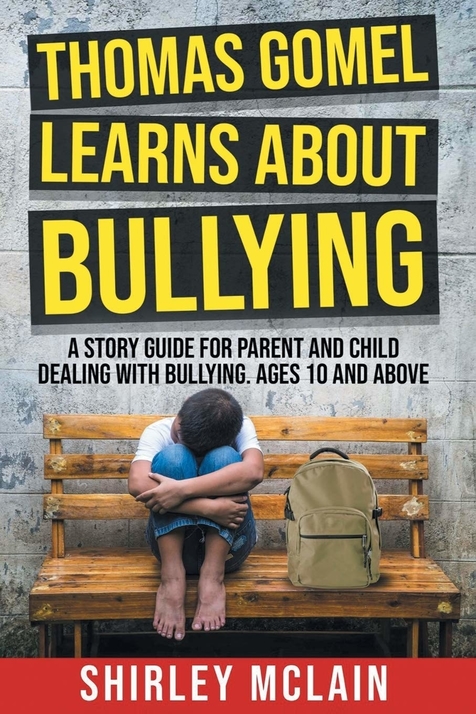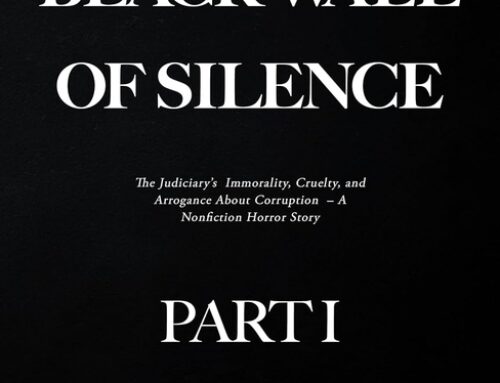
Author Shirley McLain unpacks the complicated issue of bullying and the psychological impacts it can have in Thomas Gomel Learns About Bullying.
Written for a younger audience, ages 10 and up, this book tells the story of a young boy who has been suffering the torments of an older bully for years, and it goes on to explore how these seemingly simple schoolyard actions can have far-reaching effects, impacting mental health in the young, as well as long-term behavioral patterns in adults.
Thomas Gomel is like many other students, trying to fly under the radar during his awkward years, keeping his nose down and doing his best to stay out of trouble. Unfortunately, the school bully Crusher has chosen him as a favorite target for years. Once his parents find out, the narrative shifts to pursuing various solutions, both healthy and unhelpful, which shows just how delicate and complicated these types of issues can become.
Thomas soon realizes that coming clean about his bullying may have only put him in more trouble, but the support system and family that surround him remain strong. The book resolves in a thought-provoking and informative way, with the issue coming into the light through an assembly, and discussed openly with students, so they understand the dangerous ramifications of such behavior.
The overall story arc is predictable, as this is intended as an informative book for children, but the details of the story make it more powerful than other heavy-handed parables. In particular, the secondary characters built around this symbolic tale are critical, such as the bully’s abusive father, Carl Crusher, and his mother, a woman terrified into submission and silence. These other variables add depth to an issue that is so often seen two-dimensionally – as a bully being a child who simply needs to alter his behavior, or be punished – rather than a complex issue with dozens of factors to consider. By showing a dangerous bullying situation from multiple perspectives, it can provide clarity for young children who may be experiencing these painful moments for themselves.
The parental resources at the end of the book are also valuable and thoughtfully constructed. For some parents, who may not have experienced bullying in school, it can be difficult to understand the language or emotions involved, so this quick read will be truly as beneficial to adults as it is to children. As the author explains, she was the victim of bullying, as were her children, and those different experiences of this chronic problem were a big reason behind writing this book. That authenticity comes across powerfully in these pages, although the execution stumbles at times, in terms of narrative flow and storytelling ability.
While this is written in a simplistic fashion for children, some of the dialogue is awkward and unrealistic. Bullying, aside from a physical threat, is also deeply tied to the cruel use of language and teasing, but some of the story felt outdated, more from the author’s memory than an imagined experience for her characters. There are also some grammatical errors, awkwardly worded sentences, and abrupt transitions that could be polished with a moderate editing sweep.
As a whole, Thomas Gomel Learns About Bullying could serve as an essential resource for families navigating the confusing and painful waters of bullying for the first time.
Book Links
STAR RATING
Design
Content
Editing
Get an Editorial Review | Get Amazon Sales & Reviews | Get Edited | Publish Your Book | Enter the SPR Book Awards | Other Marketing Services























Leave A Comment